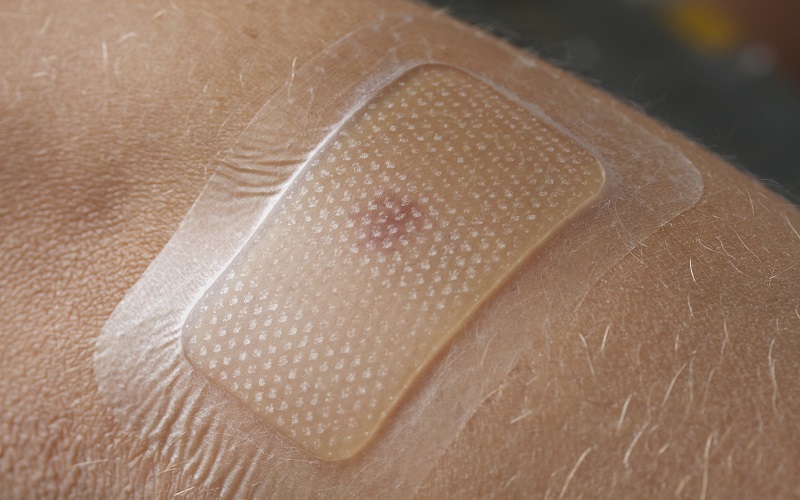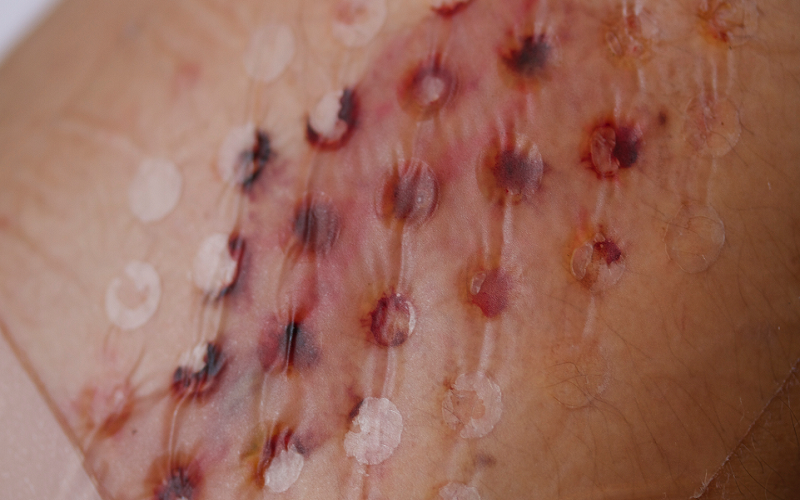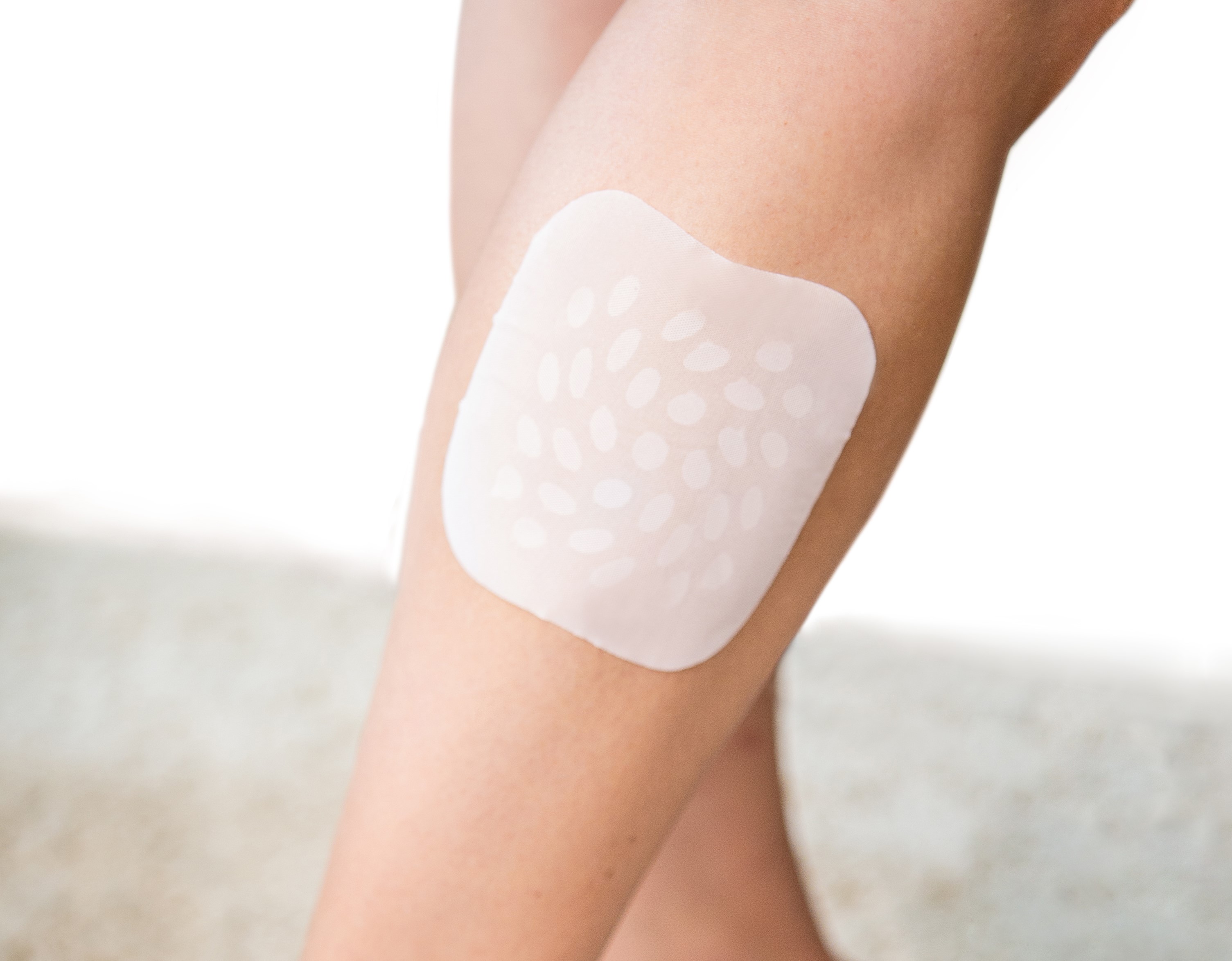
- 4 Aug, 2021
- /
- Category:
Smart Hydrogels and Their Applications in Tissue Engineering and Drug Delivery
Bill Fraser, Product Development Scientist, Scapa Healthcare
Hydrogels have long been used as the base technology behind absorbent and soothing wound dressings.1 Outside of wound dressings, many areas have been seen to benefit from the utilization of hydrogel technology; such as medical fixatives, drug delivery vehicles and as scaffolds in tissue engineering.
A class of hydrogels called smart gels are able to respond to external stimuli to change their properties. Hydrogels that are able to react to changes in temperature, light, electricity and other conditions, have vast uses within the realms of tissue engineering and drug delivery.
Here we will explore some of the smart gel technologies available, how they respond to a changing environment and their potential applications in the medical industry:
Temperature sensitive hydrogels for medical implants
Some hydrogels will expel water at higher temperatures. These gels contain bulky hydrophobic groups that can block water from accessing the hydrophilic segments of the gel. At lower temperatures, water molecules are traveling slowly enough to navigate around this bulky group, allowing the gel to swell.
Higher temperatures lead to water molecules with higher energies, they are traveling too fast to maneuver around the bulky hydrophobic groups and are unable to interact with the gel. The gel will expel its water and shrink down in size.
These gels can be utilized in medical implants as an anti-fouling layer. When a device is implanted within the body, cells will collect on its surface, limiting its use life. Coating an implant with a heat sensitive hydrogel will allow the fouling on its surface to be easily shed with a simple, localized change in temperature.2
Light sensitive hydrogels for cancer treatments
There are a couple of mechanisms through which light can be used to alter the properties of a hydrogel. One of these mechanisms is to incorporate compounds that degrade when interacting with light. Hydrogels made from these compounds will break apart when exposed to light.
In this way, highly targeted cancer treatments can be developed to direct anticancer drugs only towards compromised cells. A hydrogel loaded with drugs can be injected into a cancer site, once positioned, a small point of light can be used to break down the gel, targeting the release of the drugs towards cancerous cells and leaving healthy ones unharmed.3
Electrically conductive hydrogels for neural regeneration
When a nerve has been severed, the standard clinical treatment is to bridge the gap with a nerve graft. This procedure is constrained by a limited availability of donor tissue. Because of this, much research has been put into the development of nerve guidance conduits, synthetic bridges connecting the broken nerve stumps that promote regeneration.
Electrically conductive hydrogels are an ideal candidate for this application. They can be hardwearing and biocompatible, stable enough to fulfil their role but not so tough that the body can’t break them down when no longer needed. The hydrogel is able to mimic the mechanism that a nerve uses to pass signals, promoting regeneration.
Another benefit of hydrogels within this space is their ability to encapsulate active compounds. This can include neurotrophic compounds that impede the actions of neural growth inhibitors, further promoting nerve regeneration.4
Glucose sensitive hydrogels for closed loop insulin delivery
pH responsive hydrogels that have had the enzymes glucose oxidase and catalase incorporated into their network will swell in the presence of glucose. Insulin can be encapsulated within these hydrogels, with the gel acting as a barrier between the insulin and the body.
When higher concentrations of glucose are present in a user’s blood, the hydrogel will swell, allowing the insulin to migrate out of the device. As the insulin takes effect, glucose levels will drop and the hydrogel will shrink, cutting off the supply of insulin. In this way the system is a closed loop, self-regulating the blood glucose to within optimal levels.5
These four examples are just the tip of the smart gel iceberg, with the breadth of applications only widening with time. Hydrogels are a versatile substrate within the realm of tissue engineering and drug delivery, with highly tuneable properties that allow them to be adapted to multiple roles.
Scapa Healthcare is able to provide a high degree of flexibility in the formulation of hydrogel-based products. Unlike typical hydrogels, which consist of 90% water, we use proprietary processes to vary and control our water rates – ranging from around 30%-70%, allowing greater manipulation over the products’ properties such as adhesion and cooling. Thus, we are able to offer customized hydrogel solutions that best meet end-users’ needs.---------
[1] An Introduction to Hydrogels and Their Benefits Within Advanced Wound Care
[2] Shao, et al. (2020). Thermo-responsive separation membrane with smart anti-fouling and self-cleaning properties. Chem. Eng. Res. Des. DOI: 10.1016/j.cherd.2020.02.006.
[3] Stenvang, et al. (2021). Stimuli-Responsive Hydrogels for Cancer Treatment: The Role of pH, Light, Ionic Strength and Magnetic Field. Cancers. DOI: 10.3390/cancers13051164.



